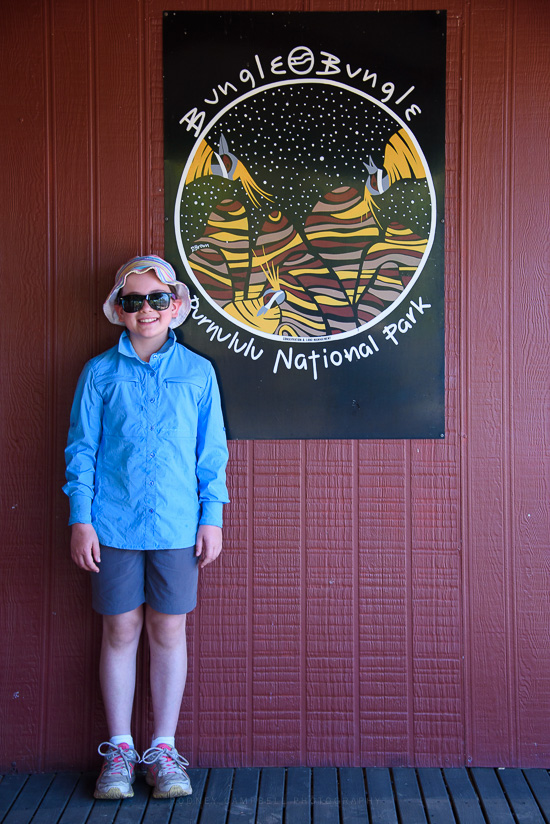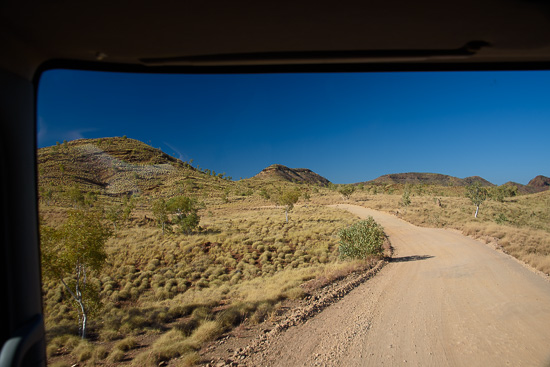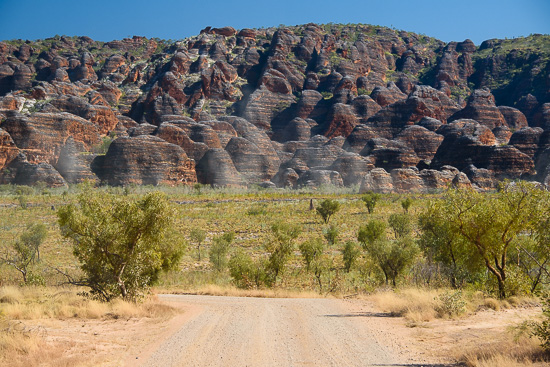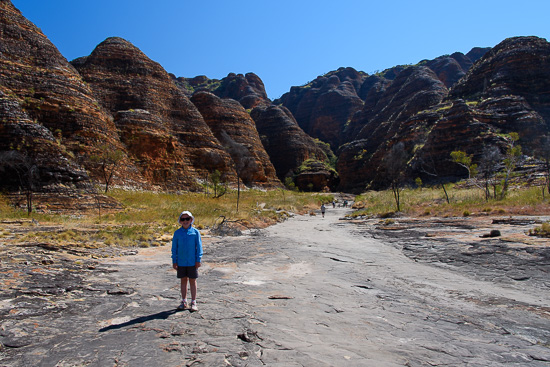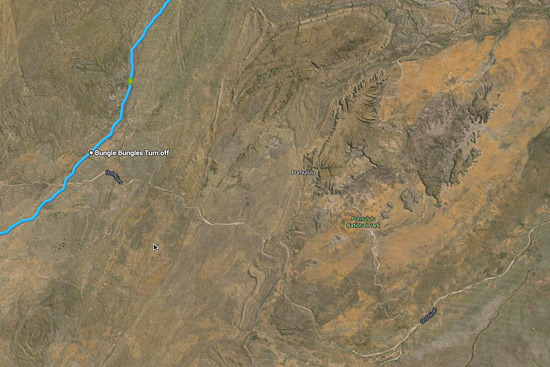Bungle Bungle…
by Rodney Campbell on Sep.29, 2015, under Life, Photography
An early morning wake up for my daughter and I this morning – we were heading out on a day tour to the amazing Bungle Bungle range.
Where the name Bungle Bungle comes from is not clear. The Kija Aboriginal people, who have lived here for over 20,000 years, called the area Purnululu, the Kija word for sandstone.
The name Bungle Bungle was first given to a nearby station in 1930. And in 1983, when the Department of Lands And Surveys had to call the range something, they named it after the station.
The range, only 100km from the main highway, was only “discovered” by a film team in 1983. The WA government recognised the botanical importance of the area and also its significance to the traditional inhabitants. Purnululu National Park was established in 1987. It skyrocketed to world fame in no time at all. In 2003 Purnululu NP was inscribed as a World Heritage Area, thanks to its outstanding geological value and its incredible natural beauty.
Note: These photographs (especially the wider shots) look much better when larger – so click any of the images below to see larger versions in an inline overlay slideshow gallery viewer.
Our 4WD bus left at 7AM, the large bus was very comfortable but the road was epically bad. After 25mins my daughter was feeling quite ill from the rough ride so we moved into the front cabin next to the driver. This ended up being a bit of a blessing in disguise as the view from up high through the massive front panoramic windscreen was excellent.
The 53km into the park is via a rugged track that is accessible only to four-wheel-drive vehicles. Even though it is only 53km it is so bad it takes nearly three hours to drive in to the visitors centre.
The distinctive beehive-shaped towers are made up of sandstones and conglomerates (rocks composed mainly of pebbles and boulders and cemented together by finer material). These sedimentary formations were deposited into the Ord Basin 375 to 350 million years ago, when active faults were altering the landscape. The combined effects of wind from the Tanami Desert and rainfall over millions of years shaped the domes. Weathering also helped create this marvel. Water seeps into the rock, and at night it expands as it gets colder. This creates small cracks which eventually wears out the rocks.
The southern part of Purnululu National Park is the area with the orange and black striped beehive domes that the Bungle Bungle range is so famous for.
